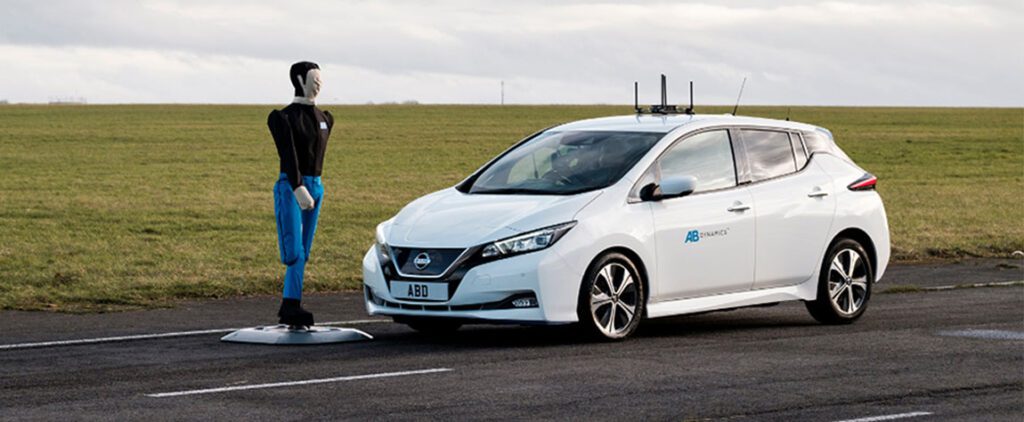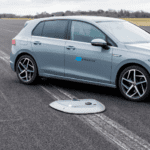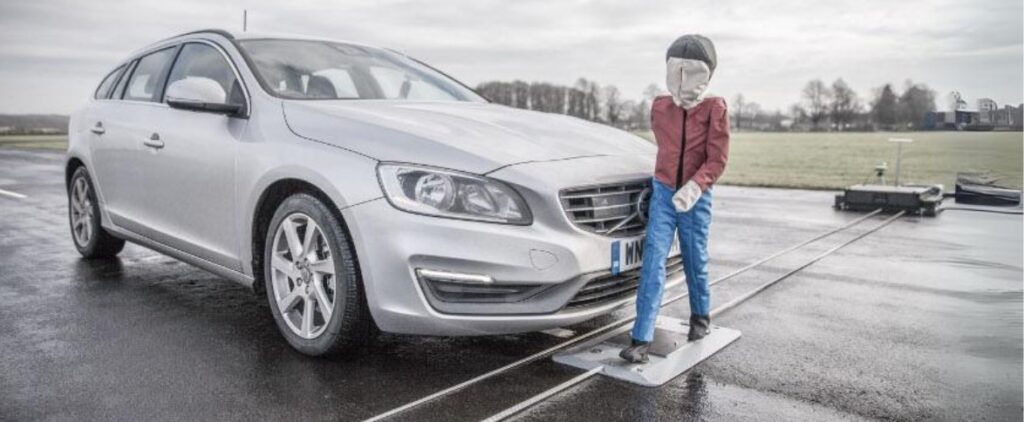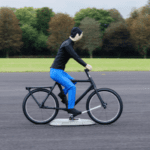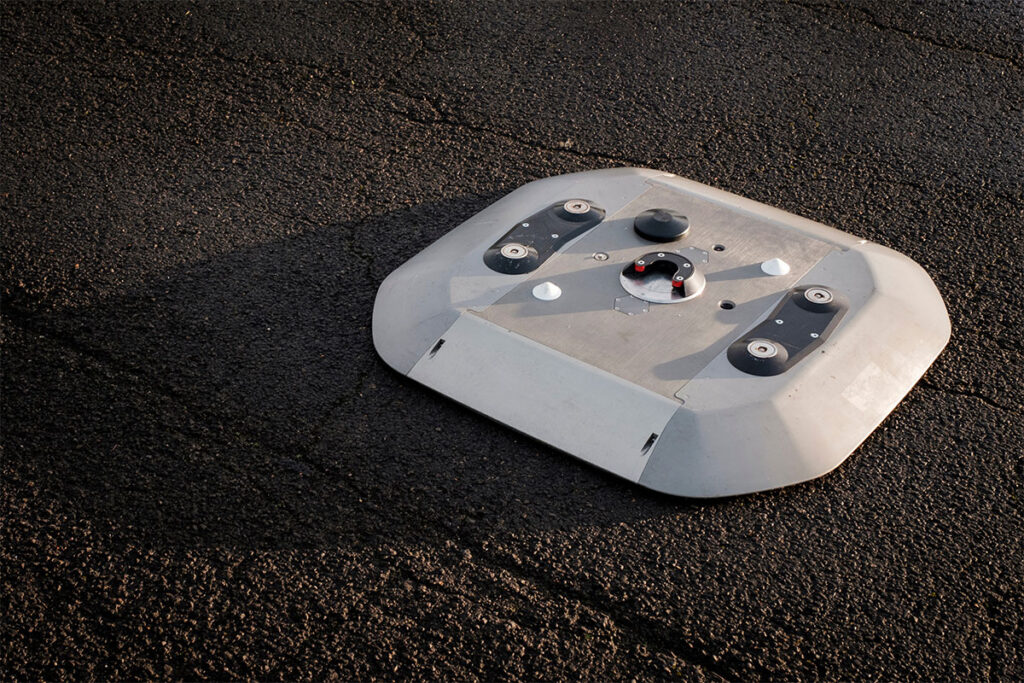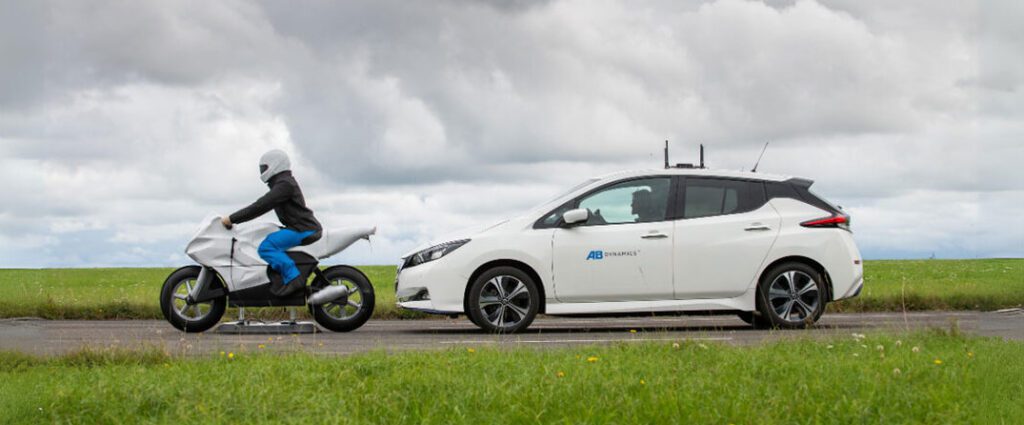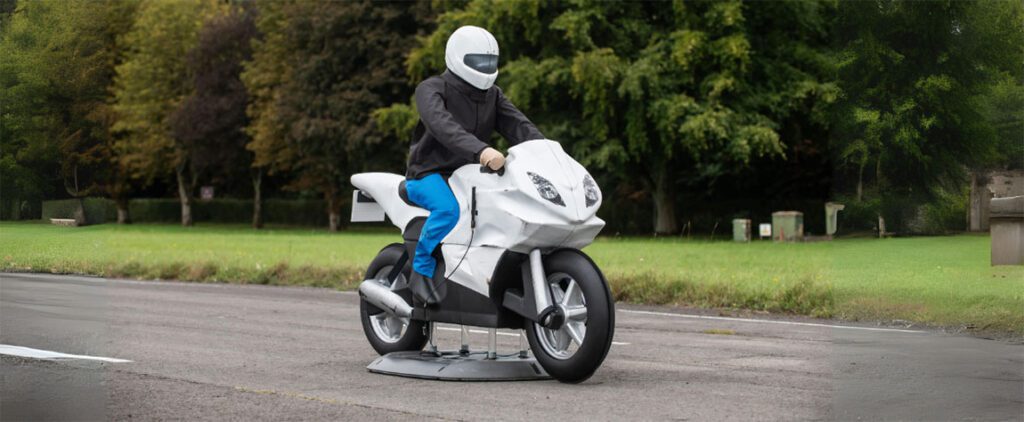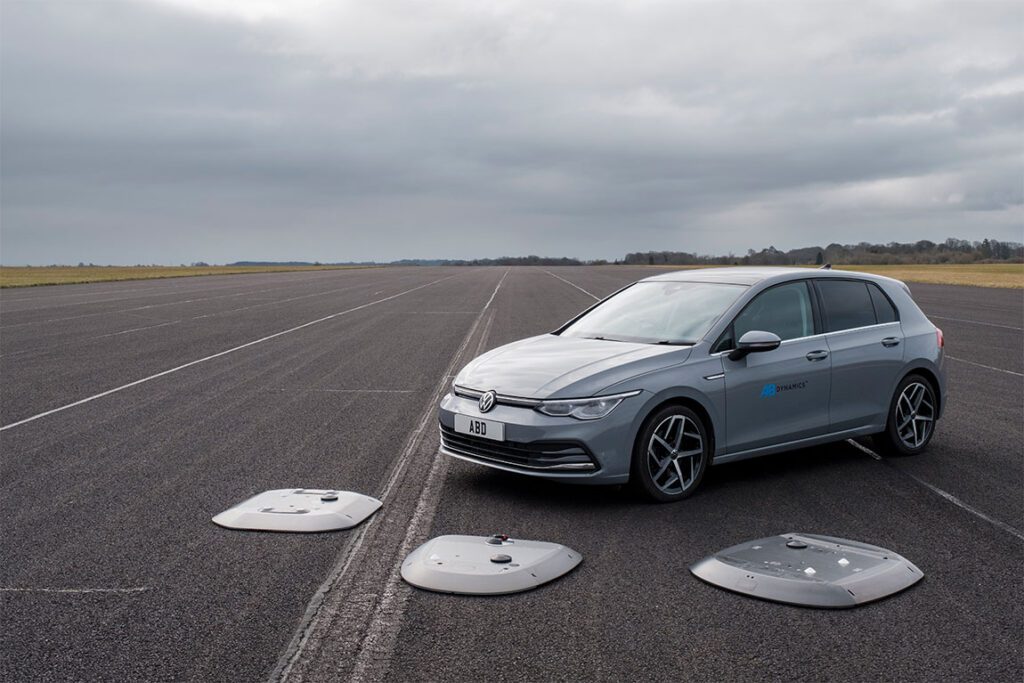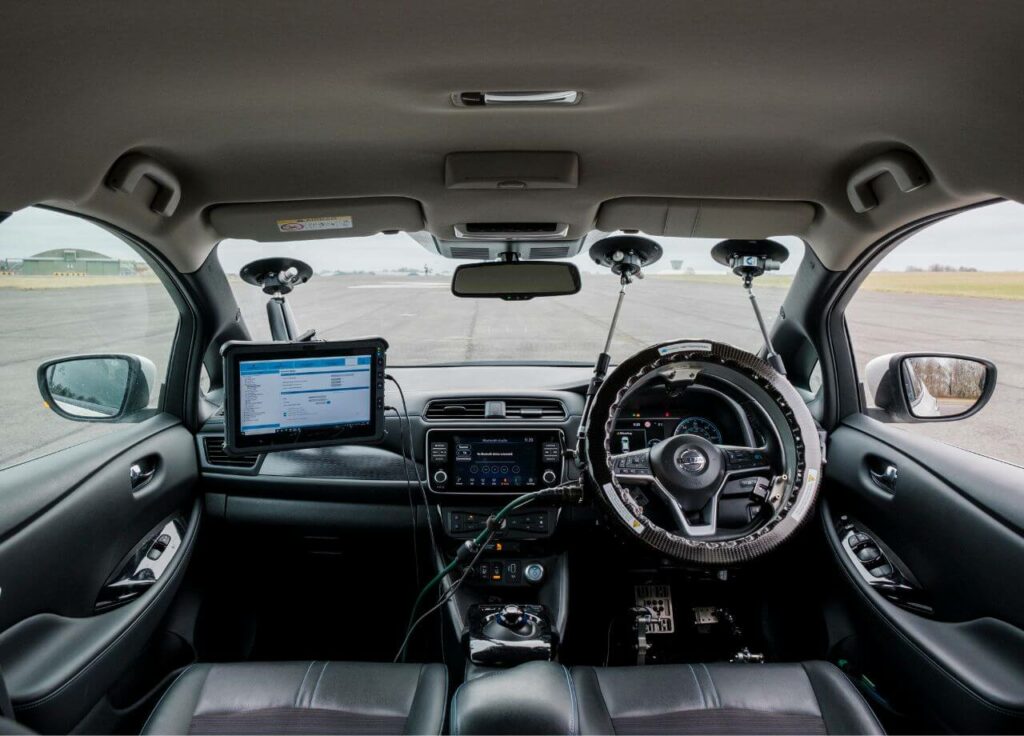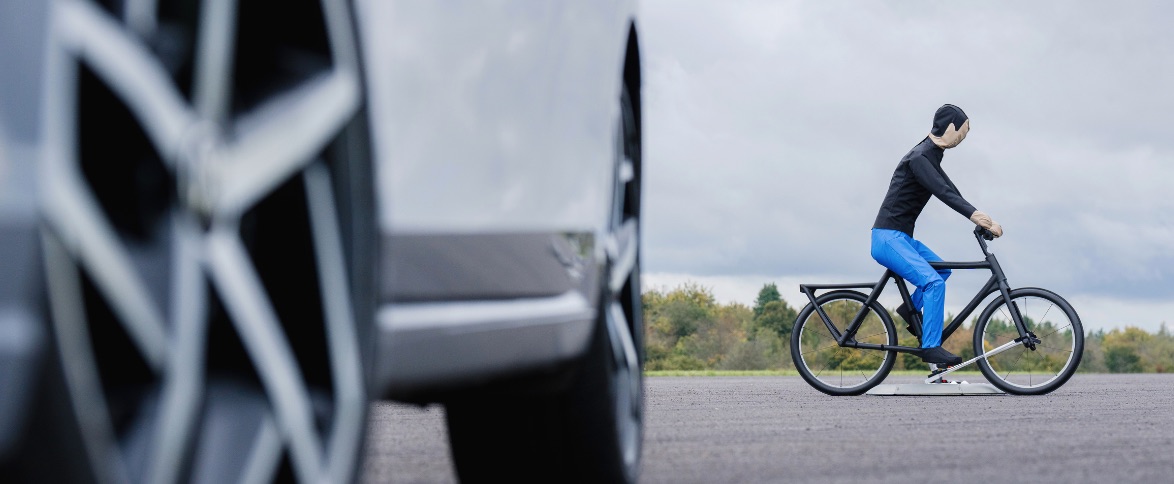
NCAP testing
Our solutions provide the flexibility needed to challenge safety systems during development while also providing automated workflows for efficient NCAP testing.
What is NCAP?
The New Car Assessment Programme (NCAP), an initiative that has been adopted globally, promotes and rewards vehicle safety. NCAP provides consumers with unbiased safety information about vehicles, encouraging manufacturers to enhance safety features and influencing consumer choices. Vehicles are assessed based on their performance in both active and passive safety features. NCAP initiatives extend to Europe and the US, with Australia, New Zealand, Latin America, Japan, Korea, China and most recently India implementing programmes.
Pedestrian
How our test solutions help you protect pedestrians
Autonomous emergency braking (AEB) systems can protect pedestrians from inattentive drivers by intervening to prevent collisions. NCAP programmes require testing of these systems in various scenarios, including pedestrians crossing in front of the vehicle, walking in the same direction, crossing a road the vehicle is turning into, and behind the vehicle when reversing. Targets that move like a human walking are used as a safe surrogate in place of real human beings.
We offer a range of options for pedestrian tests, including our Euro NCAP approved Soft Pedestrian 360 target and LaunchPad Spin for accurate replication of human movements. Our driving robots, target carrying platforms and wireless telemetry systems ensure precise, reliable NCAP-compliant tests and data transfer on the proving ground.

Tests by Region
Cyclist
How we can support your cyclist tests
Cyclists are among the most vulnerable of road users. NCAP tests play a crucial role in improving cyclist safety by assessing the ability of Autonomous Emergency Braking (AEB) and Autonomous Emergency Steering (AES) systems to detect and avoid collisions with cyclists.
To assess the performance of these systems, we offer driving robots for test vehicles that guarantee precise and consistent inputs. We also offer a range of ADAS platforms suitable for a variety of test scenarios from simple to more complex. Our Robot Controller (RC) Software also comes with a library of pre-set test scenarios updated for 2023, facilitating automated testing of all current Euro NCAP ADAS protocols.

Tests by Region
Motorcyclist
How we can support your motorcycle tests
Motorcycles and scooters have become increasingly popular in urban areas, however, they are involved in a high percentage of fatal and serious crashes. Euro NCAP already includes some motorcycle scenarios but plans to further evolve these tests by increasing speed and incorporating scenarios for commercial vans and its assisted driving assessments, which is likely to be followed by other NCAPs across the globe.
We have created a ADAS targets and platforms specifically designed to support the higher speeds required for motorcycle tests, including the Euro NCAP TB 029 listed DRI Soft Motorcycle 360 and LaunchPad 80.
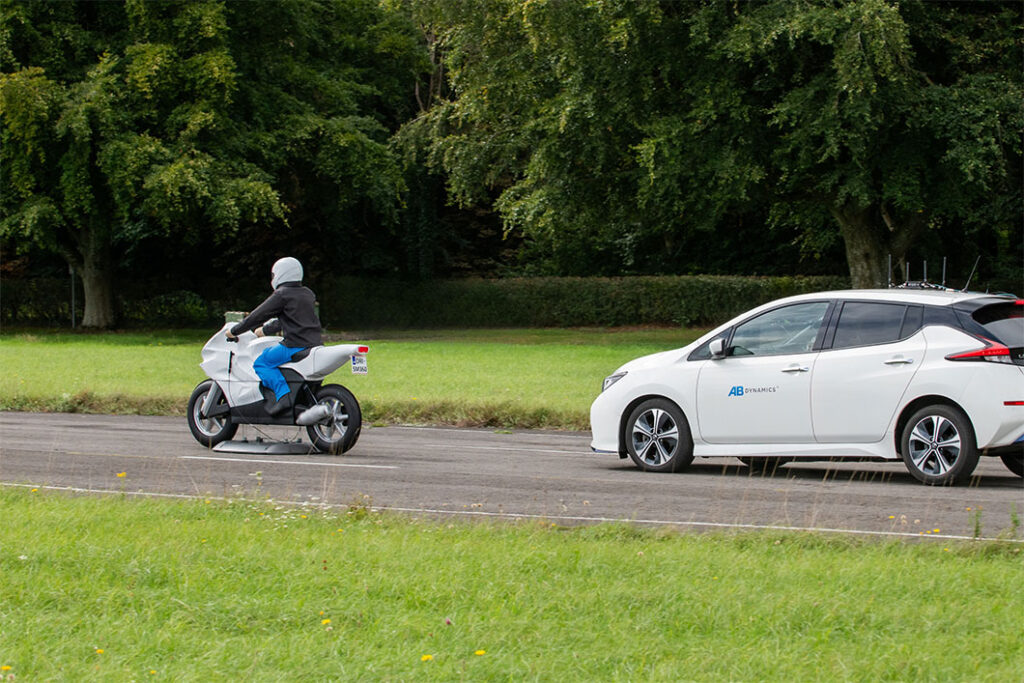
Tests by Region
Vehicle occupant safety
How we can support your car-to-car and Lane Support System (LSS) tests
Vehicle occupant safety encompasses the car-to-car and LSS NCAP categories. Car-to-car test scenarios assess Autonomous Emergency Braking (AEB) and Forward Collision Warning (FCW), aim to prevent accidents by detecting conflicts and applying brakes. Lane support systems, including Lane Departure Warning (LDW), Blind Spot Monitoring (BSM), Lane Keep Assist (LKA), and Emergency Lane Keeping (ELK), use technologies to keep vehicles within lanes and warn of hazards, enhancing occupant safety. AB Dynamics provides comprehensive testing solutions for these systems, offering products including driving robots to accurately control test vehicles and robust ADAS targets and platforms for accurate and repeatable testing.

Tests by Region
Heavy vehicles
How we can support your heavy vehicle tests
To enhance the safety and technological advancement of heavy commercial vehicles, conducting comprehensive and precise testing is crucial. This is especially vital considering that heavy vehicles are disproportionately involved in road fatalities worldwide.
At AB Dynamics, we have a range of driverless robots, VRU targets and platforms that are already heavy vehicle ready. As a result, truck manufacturers can access our tried and tested ADAS testing solutions to help improve the safety to their vehicles and ensure they comply with new consumer test and regulatory standards.
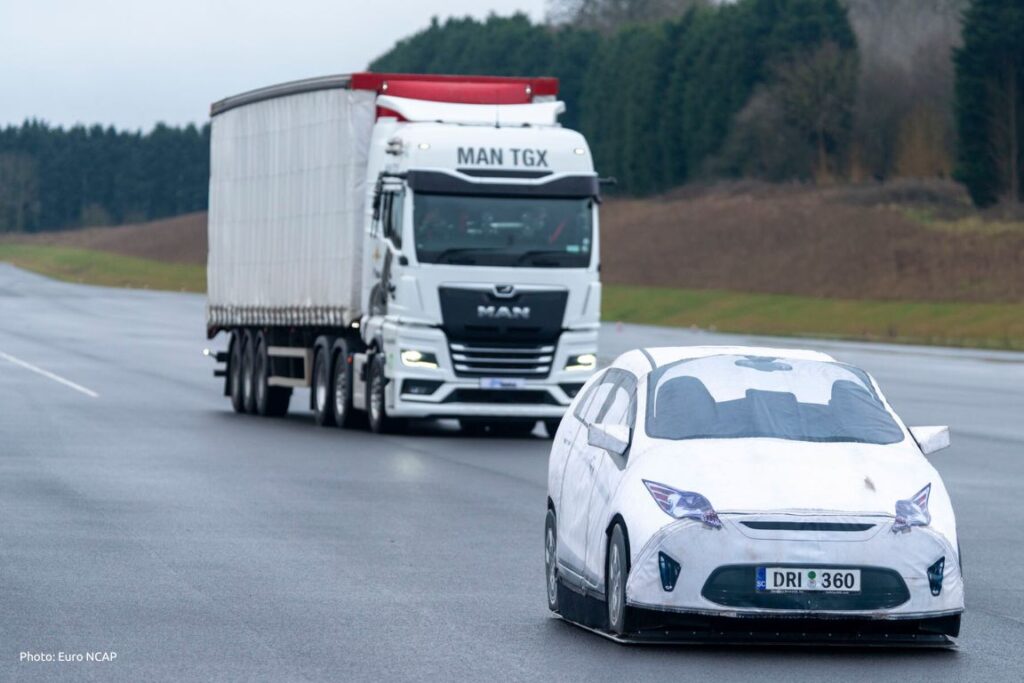
Tests by Region
Test Library
Test Library
A significant feature of our RC software is the availability of Special Groups for NCAP testing. Special Groups are a comprehensive library of preconfigured test scenarios for Euro NCAP, China NCAP and others. They enable automated testing including every current Euro NCAP ADAS protocol that involves driving robots and/or ADAS platforms. In the Euro NCAP Special Groups library there are currently more than 600 different test cases, spanning a range of speeds and offsets, including 150 new scenarios added for the latest 2023 protocol update.
Tests are automatically configured based on vehicle dimensions to ensure highest accuracy and structured test lists manage the execution and tracking of the necessary tests and required test conditions. Test data can also be conveniently exported, and reports are generated using Post Processor for Special Groups within RC.
By using Special Groups, operators can save months of track and planning time.

Assisted Driving
Euro NCAP Assisted Driving Grading
The Euro NCAP Assisted Driving Grading evaluates the performance of assisted driving systems in vehicles. Introduced in 2020, the grading program focuses on Assistance Competence (the balance between Vehicle Assistance and Driver Engagement) and Safety Backup. Vehicles are rated as ‘Entry’, ‘Moderate’, ‘Good’, or ‘Very Good’. In 2024, the Euro NCAP introduced an update to its Assisted Driving Grading system, introducing 40 new on track tests.
Assisted driving systems are typically optional and not included in the Euro NCAP star rating, but they will be linked in 2026 and fully integrated by 2029.
To increase efficiency of testing AB Dynamics has enabled the automation of all of the relevant tests within the 2024 Assisted Driving protocol through the configurable test groups in the latest version of our RC software. It allows users to quickly and simply create all the new tests included in Euro NCAP’s Assisted Driving protocol.
Synchro further enhances testing by calculating trajectories and synchronising the test vehicle with ADAS targets, simplifying complex manoeuvres like cut-in scenarios.
Our software solutions enable the coordination of all the ‘actors’ in a scenario, including robot-controlled vehicles and ADAS targets, allowing the test protocol to be fully defined and executed through a single product ecosystem.

Meet NCAP test requirements with our help
"*" indicates required fields
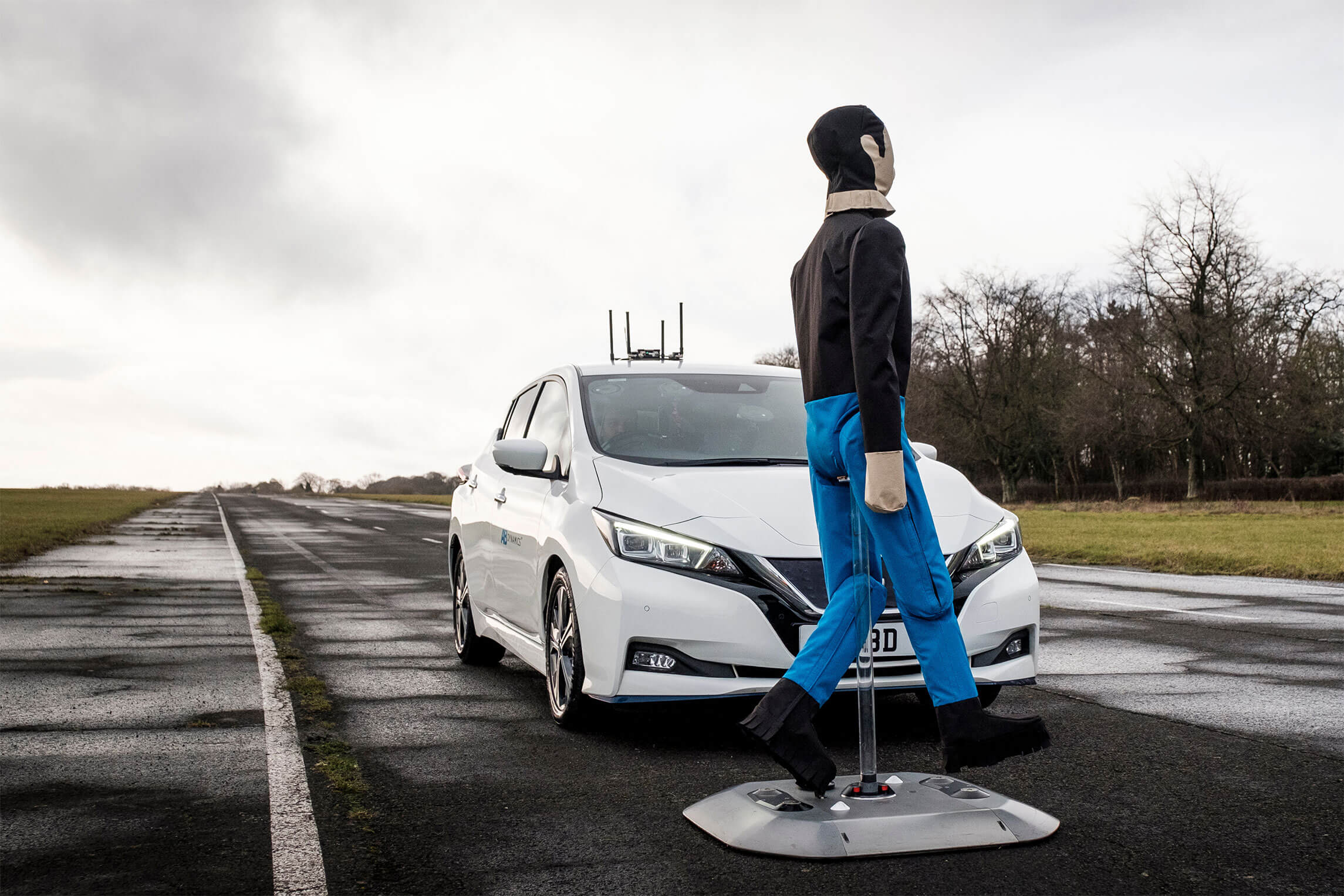
You need to load content from reCAPTCHA to submit the form. Please note that doing so will share data with third-party providers.
More Information

